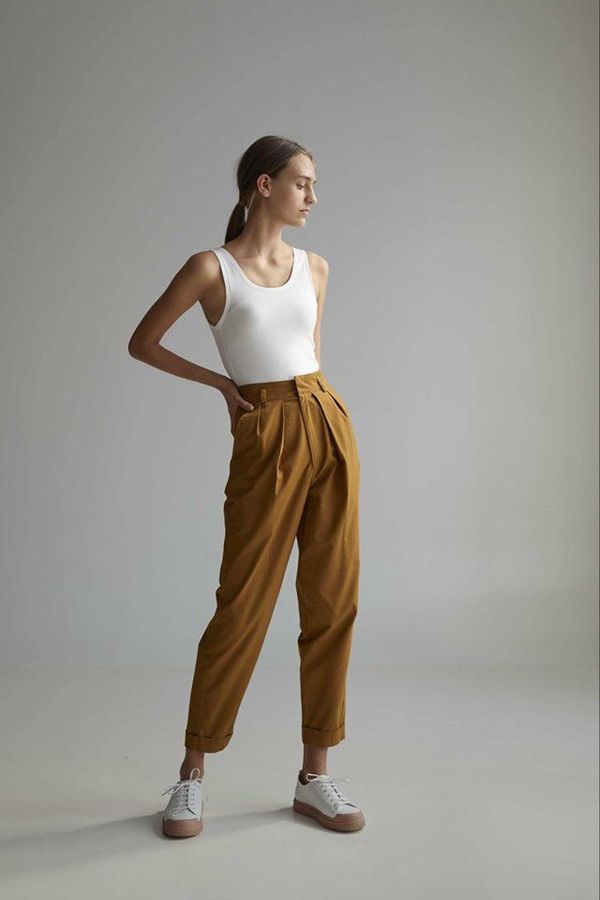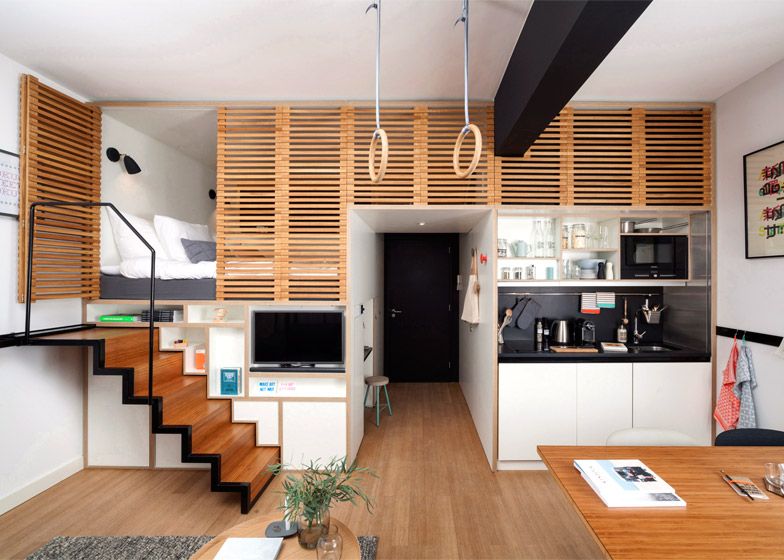Although the lockdown will not last longer than a few weeks, maybe months, the experience will probably leave a longer-lasting mark on our lives, way of living and living spaces, too. The time spent forcibly at home, home office, being locked in and together all have their lessons already at this point – the question is whether these experiences are severe enough to define or shape how our future spaces will be designed.
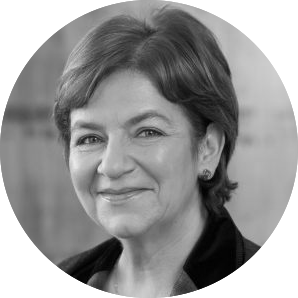
In our interview series, we ask the representatives of different fields about how they think the epidemic changes our living spaces. This time, environmental psychologist Andrea Dúll, the Head of the Institute of Human-Environment Transaction at the Faculty of Education and Psychology of Eötvös Loránd University answered our questions.
Before talking about future changes, let’s start with the present, as our homes have already went through a significant transformation after more than one month in lockdown. The dynamics between home and the outside world also went off track: we don’t venture out to explore the outer world, and don’t return to relax and recharge ourselves in the safety of our homes. How does losing the reciprocity of the two spaces influence us?
This is a fascinating question, in the area of which no scientific research has been made so far. Until now, similar issues were only examined in extreme situations, for example in relation to space, submarine and arctic expeditions. Therefore, I can only share my thoughts in this regard.
Our lives are structured strongly by physical spaces and there existed a typology until now (and I can safely say “existed” because there will never be such a clear division ever again), according to which type 1 environments, which are the closest to the self, are our homes, type 2 includes our work places, type 3 encompasses the different places we use for entertainment and leisure activities and type 4 represents public spaces that are available to everyone. With the expansion of the online world, the boundaries between these four spaces became somewhat blurred already, but what we have experienced in this past period, that everything concentrates inside our apartments, and the outside world is almost forbidden, is a completely new phenomenon. In a psychological sense, this is difficult from several aspects. On the one hand, there is what we call the dialectics of spaces. People have been socialized since the Renaissance era to go to and return from places. In this setup,
the home is a basis for exploring other places. Leaving the home always entails some grief and feeling of loss, and we know this from how good we feel upon returning. These two feelings alternate in an average life situation. Now, however, we cannot leave a place freely, and neither can we return to somewhere, so the dialectics of places cannot prevail.
Another difficulty is that the safety of the home is also interpreted differently than before. Naturally this is the safest environment from the perspective that we cannot get infected here. But the kind of safety that our homes provided until now is completely disrupted, if we think about intimacy, and “inaccessibility” for strangers. Since you and I are also talking via video chat at the moment, we let each other into our homes, we invite and host each other, even though this conversation wouldn’t have taken place in the home of either of us (and especially not in the homes of both of us) in regular circumstances. This way, even if we try to choose a neutral background for the camera, controlling our private sphere becomes more difficult.
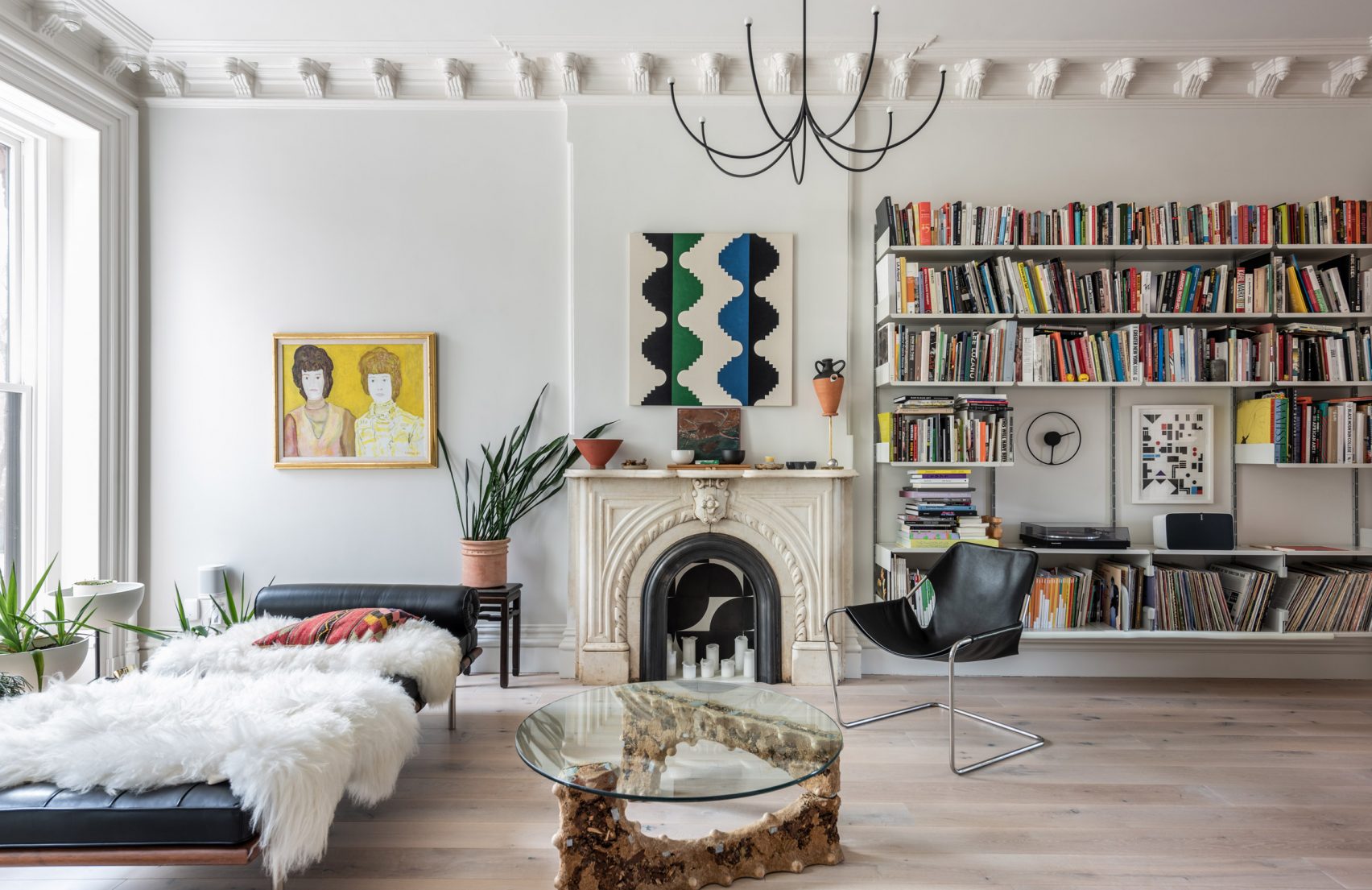
These are very challenging factors from a psychological perspective, so it doesn’t come as a surprise if we feel extremely tired at the end of the day. Many people wonder how it is possible that they don’t do anything all day, and yet they are still exhausted. In addition to the foregoing, this is further explained by the fact that the interactions taking place in the virtual space require much more energy and effort, even if on a subconscious level. The small gestures like narrowing our eyes are less visible through the camera, so we must make bigger efforts to track these signs.
And we haven’t even mentioned home office and being locked up together. Keeping our home office uninterrupted is another energy-demanding job. Being locked up 24/7 with the people we otherwise love can be exhausting, since even though people are social beings, they require a diversity of social interactions. True social interactions recharges us, while forced coexistence rather wears us down.
Based on all of this, it seems like the home that was previously a place of recharging is now swallowing up our energies. What can we do to preserve something from the original function of our homes?
I think we can keep the balance with control. We should perceive our homes as a small micro-cosmos: and we should divide this internal space physically, too. As opposed to how we have spontaneously existed everywhere in our homes before, now we should separate a work corner that we can also divide with clear territorial signs (for example by leaving our work equipment around) and we should commit to working only here. We should also require the others in our household to respect this and vice versa, we should also respect their space.
Another important thing is to create a space, may it be very small, where we can be alone. Truly, completely alone, since it is an elemental need of human beings to be alone, without being observed. We can also do this mentally, for example by reading or listening to music, we can cut ourselves out of our environment, but the best would be to find a relatively permanent space to do this.
Control also pertains to time management. It’s important not to let our days flow away, to keep our routines in terms of time, and follow the circadian rhythm (“daily biological clock” – the Ed.): we should rather work in daylight, and not during the night.
Routines fundamentally have a positive role in the context of the home, as they help us make the space intimate. However, many people might feel that they are monotonous right now.
Its actually their automaticity what makes routines and rituals relaxing, and these give us the experience of coziness, too. However, now it might be worth to compensate them a little in the space of our apartments. To look around and ask ourselves the question: what else is the space of the apartment suitable for? Where can a separate spot be established for conversations, how can we sneak in other functions? Playfulness plays a key role here.

Let’s shift our focus to the future. In the majority of the cases, the issue of housing is determined by economic and technical factors. Is it possible that this attitude will change and the ergonomical and psychological factors will be placed into the spotlight?
The basic theorem is, I think, true for many environments – hospitals, vehicles, parks. It happens a lot that they draw them on “grid paper”, with economic or aesthetic factors in mind, and so the spaces don’t serve the users in this sense. I must admit, I hope this situation will result in taking actual human use more into consideration. Luckily, more humanized design and the raison d’etre of environmental psychology has become more powerful in the past years, architects and designers tend to consider human and psychological aspects more.
Many things are uncertain about the future, but almost every expert stresses that this situation will not be unique. Epidemics and events that were unusual before can come and go, and of course the climate change also influences several things from a human aspect: use of materials, the spaces we have, consumer attitude, mobility and so on. Very specific issues will emerge compared to before, I am sure that these will come up in the minds of architects, designers and psychologists, too. It may be a big question how we can use the space in one way in the longer run, the same as the question of what happens to the spaces that we don’t use in these situations: the countless consumer spaces, travel vehicles, hotels, museums.. this is a global dilemma that will engage a lot of experts.
What new aspects could be included in design?
Psychologically we don’t give specific instructions in terms of the spaces we feel good in. The important thing is that the person-environment match to be established, and several situations may be important for this: for example the change of residents, an arrival of a little child, or the changing needs going hand in hand with ageing. Naturally an apartment also has its limits in terms of flexibility, but a customizable, flexible space may be important. Participatory design has already been popular, and it is possible that designers will also ask the family what they think their needs would be if they were locked together for a longer period of time and what space structures they should incorporate accordingly.
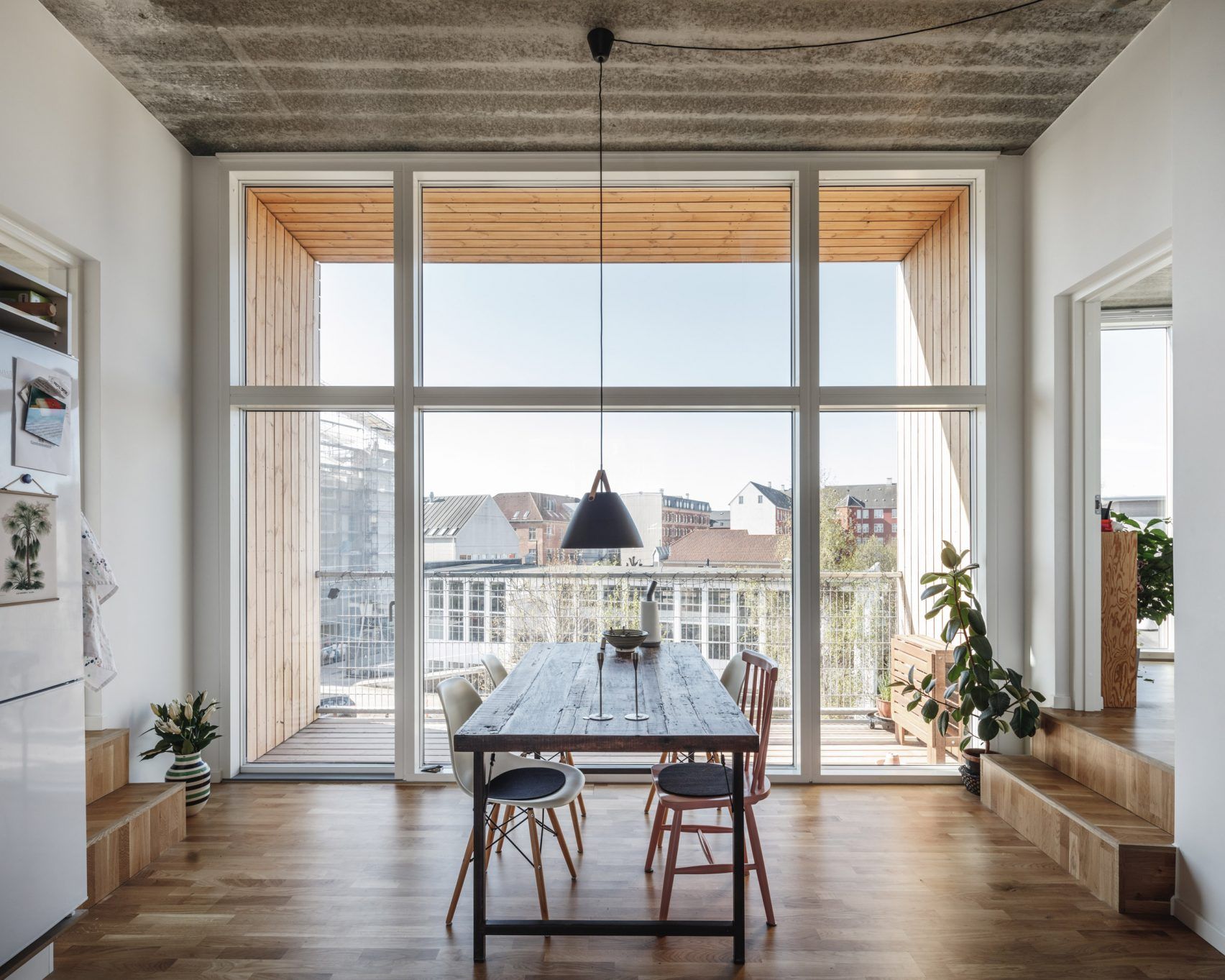
In addition to spaces, our relationship towards objects is also being transformed. According to some, the epidemic directs us towards minimalism, which means that we will surround ourselves with less and less objects, while others think that the stockpiling attitude will further enhance.
I think, the epidemic will have an undisputed impact on our use of objects, but not necessarily through our personal relationships, rather in terms of consumer attitude. Here I simply cannot avoid referring to the climate change. Everyone is talking about the virus right now, yet this is a complex package, these things are interlinked – even though I am not a virologist or a climate expert, I agree with this position.
The process in which we must face our object-stacking objects designed for a specific period has started.
At the same time, our personal dynamics with objects will not be changed by all means, as including objects into our lives is a much more internal, instinctive urge. It’s possible that many people will think through, or have already thought through how many unnecessary objects they possess, and realize that these objects hinder them in the control processes that we talked about at the beginning of the interview. This can point to a more rational and practical use of objects.
Leaving our homes: up until now, facilitating social interactions has been an important aspect in designing public spaces. How do you think our public spaces will change as a result of the epidemic? More and more people start to realize the beneficial impacts of green areas and nature, is it possible we are on the way to greener cities?
I think the simple rounding up of people in public spaces was already problematic before the epidemic. Not because of the risk of infection, but because of its ill-considered nature: what will happen if everyone is out in the same space? I can mention a parallel in this context from my childhood: when we went to other people’s homes for gatherings, where there were twenty other kids of the same or similar age, the parents always said: go to the room and play! As if it was granted that just because she is a child, and I am a child, too, we would be hitting it off in five minutes. This applies to adults, too – just because everyone is in the same space, they won’t have a good experience automatically. The question of what will happen is absolutely valid, as we are not going to return to the spaces automatically. But in time, a general contact and distancing level will be set, and with it, a new person-environment match, too.
As to the fact that everyone is happy about nature right now, I have a feeling that we are talking about an artificial product in a sense. Don’t underestimate the process taking place in the psychological operation of people that we call reactance, which means that when we can’t have something, we want it even more. After the virus, people will surely return to their ordinary relationship towards nature. That urbanism and landscape design will become greener is something I honestly hope. Of course a green bus stop will not solve this problem in itself either. Back to apartments, I think it would already mean a lot if view was taken into account during design: that the windows of those without gardens should also face something nice and green.
The images are free associations. Highlighted photo: ZOKU Hotel / Amsterdam

What will be the table of the future like?
